Sore nipples - What are the causes and what can I do?
Sore nipples are literally a nagging issue for breastfeeding women. Many women who contact me for a breastfeeding consultation have or have had sore nipples. In most cases, a cause can be found quickly and appropriate action can be taken.
In this article, I describe to you many possible causes - from incorrect latch-on, to a tongue tie that is too short, to suction confusion. I'll show you how the location of the soreness alone can provide information about a possible cause. Of course, you'll also learn what you can do besides painkillers to help your sores heal and why silver hats can help.
Summary
What does that even mean: "sore nipples"?
The appearance of sore nipples varies greatly.
Sore nipples initially manifest themselves as pain and redness or irritation of the skin. Later, for example, suction and/or blood blisters may appear. In addition, there may be tearing or even detachment of the upper layer of skin. At this stage, the pain is usually almost unbearable for moms.
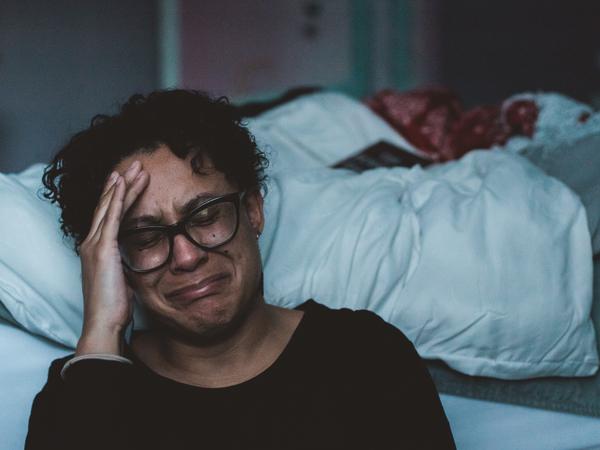
Where do sore nipples come from and what can I do?
First of all, as with all breastfeeding problems, it is important to find the cause in order to be able to act effectively. However, some measures can be taken regardless of the cause. To find the cause, the location of the sore can be revealing.
If the breast is sore at the junction of the nipple and areola, in most cases it is because the baby has too little breast tissue in the mouth and therefore has not grasped the breast well.
The breast may be too full, making it difficult for your baby to grasp the breast properly. With a less full and taut breast, it is easier for your baby. You can express some milk before breastfeeding.
When your baby is about to fall asleep, the muscle tension decreases and he slowly slips off the breast. If he sucks again, he may not have enough breast tissue in his mouth. You can gently undock it by releasing the suction with your little finger.
You should also make sure that you do not pull the breast out of your baby's mouth. This could happen, for example, if you want to push the breast away from your baby's nose so that he can breathe more easily. Basically, the shape of a baby's nose is still different, so they can breathe easily while breastfeeding. Otherwise, you should pay attention to a good (possibly assymetrical) latch-on, in which your baby's nose is free.
Furthermore, the nipple could also be sore directly at the tip. If some skin also comes off, your baby may be sucking very hard. This tends to happen at the beginning of the breastfeeding period until breastfeeding has become established. Here you could once again pay special attention to early signs of hunger and support the milk flow with breast compression so that your baby does not have to suck so hard.
Perhaps your baby does not lie well when breastfeeding and the nipple is not even in the mouth, but rather points upwards. Then you should make sure that your baby is really close to your body. Your baby and the breast should be well supported. If your baby is too far away from you while breastfeeding, the nipple could be pushed forward by the tongue, causing nipple irritation. Further, the baby's tongue could be curled backward. The tongue should always already be visible during latch-on.
If the nipple is sore on the side, below or above the nipple (depending on the breastfeeding position), it may be because the upper and/or lower lip are not turned out when breastfeeding. This causes your baby to compensate. Your baby compensates by applying more pressure through the lips, which can irritate the skin. A possible cause for this is a too short lingual and/or labial frenulum. A lactation consultant trained in this area can help you with any questions or uncertainties.
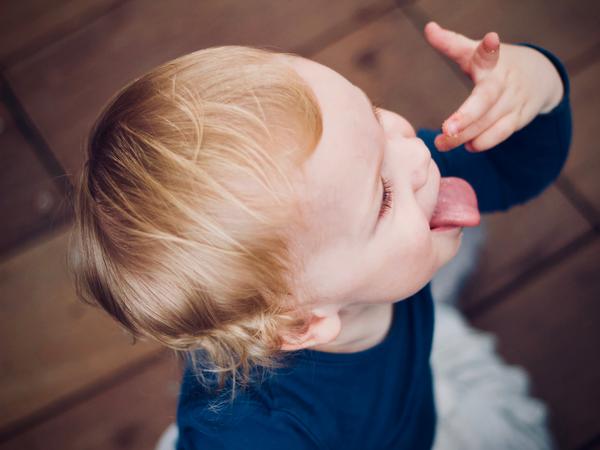
In this case, the tip of the nipple could also be sore. At the same time, not all soreness is related to a tongue or lip tie that is too short, and on the other hand, not every mom of a baby with oral ties that are too short has sore nipples.
Otherwise, nipples could also become sore if your baby has to switch between different sucking aids and the breast. Sucking on a pacifier or bottle is different from sucking on the breast. Some babies have trouble making the switch, so they use the "pacifier sucking pattern" or "bottle sucking pattern" at the breast as well, which can cause problems here.
If necessary, a lactation consultant can give you tips and educate you about alternative feeding options, should this be necessary.
Incidentally, another cause of sore nipples is the incorrect use of breast pumps or nipple shields. For example, if the funnel of a pump is not centered on your nipple, friction occurs at this point, which in turn can lead to irritation. The same applies to the nipple shields. You should also pay attention to the right size.
If your nipples are constantly wet because you lose a lot of milk between breastfeeds, you may be more likely to develop inflammation or fungus. Cloth nursing pads or special milk collection trays could help you with this.
What can I generally do for sore nipples?
There are a number of ways you can treat your sore nipples in general.
Get ready to start breastfeeding with my online course
Learn many important basics about breastfeeding in my online course, Still Basics.
First of all, it's important that you don't rub your nipples too hard when washing them, or use any soaps or even disinfectants in the process. Careful cleaning with water is perfectly adequate.
Also, when breastfeeding, you should start with the less injured side. When the first hunger is satisfied, your baby sucks less frantically and can concentrate better. This will probably make breastfeeding more bearable for you. Alternatively, you could wait until your baby has triggered the milk-giving reflex on the less painful side and then switch. Since the milk-giving reflex is always triggered on both sides, the milk will flow more easily.
At the same time, you can consciously try to relax while breastfeeding, breathe deeply, don't clench your teeth. Tension and pain impede the flow of milk, which aggravates the problem. If in doubt, check www.embryotox.de for a breastfeeding-friendly pain reliever.
It also makes sense to avoid friction on the sore or irritated areas. For example, you can make a Viennese breast donut that allows air circulation and at the same time prevents friction from clothing. You can find instructions in the pdf file "The Vienna Breast Donut" from the European Institute for Lactation and Breastfeeding (EISL). Instead of a tubular bandage, which is used here, you can also use a gauze bandage, which you wrap around the cut out nursing pads. This is more laborious, but on the other hand much less expensive.
Otherwise, there are other tips on what you can do for sore nipples, although here it differs whether the skin is only irritated or whether there are already open spots.
If the skin is only red and irritated, it is important to keep the skin as dry as possible. You can simply let the breast milk dry after breastfeeding, which directly supports wound healing.
Furthermore, nursing pads made of fabric, especially wool/silk, can help to support the healing process. Nursing pads made of fabric are breathable and there is air circulation, so that germs can not multiply so quickly. In case of open sores or if the pads should stick, please use other pads.
If you have open wounds on the nipple or areola, it is important to support moist wound healing. This will allow the wound to heal from the inside out, rather than just forming a scab that will come off each time you breastfeed.
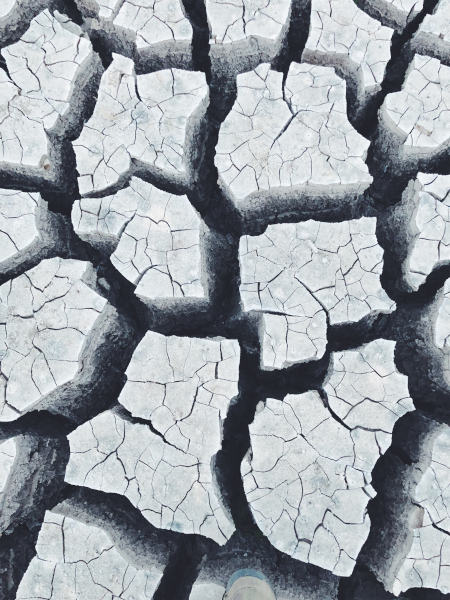
To do this, you should rinse the nipple with sterile saline (0.9%) after breastfeeding and then apply a sterile compress with a thick layer of lanolin (the golden yellow wool grease). Alternatively, you could wear silver or tin hats between breastfeeds. Just be careful not to put too much pressure on the edges, as this can lead to milk engorgement. In principle, however, silver has an anti-inflammatory effect and many women find this very pleasant.
If the wound becomes inflamed and clearly infected, you should discuss with your gynecologist whether antibiotic treatment may be necessary.
There is also the possibility of treatment with cold laser light to close the wounds. There is no evidence for this, but some women have benefited from it. The cost must usually be borne by the patient, but is only about 10-20€ per treatment.
In the case of flat or inverted nipples, sores sometimes occur in the transition between the nipple and areola in the early stages. Special nipple shapers could help here. In addition, the nipple often stands up much better with the help of a cool, wet washcloth. Otherwise, you could press the areola sideways with the nipple in the middle slightly in the direction of your rib cage, which can also help.
In general, it makes sense that as soon as you are in any way unsure or have severe pain when breastfeeding, you should contact a trained lactation consultant who can look at the latch-on and discuss various aspects with you in order to be able to give you specific tips.
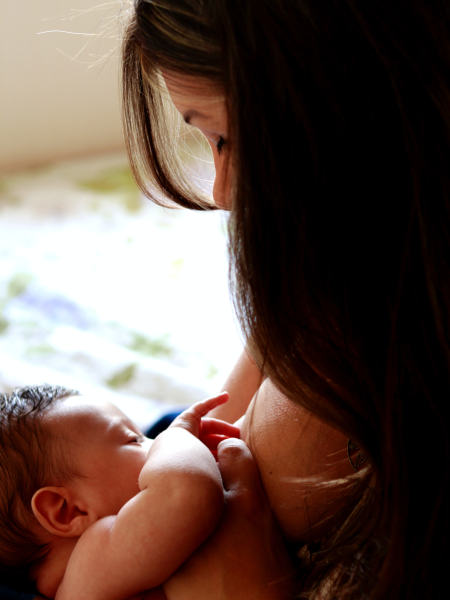
If you have very badly sore nipples and extreme pain, a breastfeeding break of 12-24 hours could provide relief and relief. In the meantime, you should empty the milk by hand or pump it so that the amount of milk does not decrease.
What can I do to prevent this from happening in the first place?
The most effective and important way to prevent sore nipples is to make sure that your baby is well latched on, right from the start. Your baby should lie close to your body. He should also have enough support so that his head does not slip off. Furthermore, he should have enough breast tissue in his mouth. This not only prevents the nipples from becoming sore, but also enables the breast to be emptied more effectively.
For more information on how to latch on correctly, read Nina Abel's article How do I latch my baby onto the breast correctly?
For many women, the nipples are very sensitive at the beginning of the breastfeeding period. It can help if the milk-giving reflex is triggered beforehand by emptying the hands and preparing the breast with massage and warmth. You can find information about hand emptying in the La Lèche Liga leaflet Breastmilk Collection and Storage. There you will also find an illustrated guide.
By the way, you cannot prevent sore nipples by preparing and even hardening your nipples during pregnancy. This is unpleasant for most women and has no proven effect on later breastfeeding or cannot prevent soreness during breastfeeding.
What are the connections with other diseases? What must be considered in the differential diagnosis?
There are various diseases that have a connection and an increased risk for sore nipples.
These include, for example, neurodermatitis or psoriasis, and allergies can also manifest themselves in the form of rashes in the breast area. The itching and sensitivity can promote the development of irritated skin or sores.
In addition, a rash could be a fungal infection, thrush. Characteristic of thrush is pain regardless of breastfeeding. Often with thrush, both mom and baby are affected. If you suspect that you or both of you have thrush infection, please contact your gynecologist for evaluation.
Furthermore, as described above, sore nipples can also become infected and inflamed. In this case, you should also consult your gynecologist to see if anti-obiotic treatment is advisable.
Some women are also prone to circulatory problems, known as vasospasms. In this case, the nipple turns white when it is cold or after breastfeeding, and minimal muscle spasms occur, which can be very painful. You can find information about vasospasm and its treatment in the article "Vasospasm: When breastfeeding leads to pain and white nipples" on the site still-hilfe.de. By the way, one possible cause of vasospasm is Raynaud's syndrome, which is often described in the literature.
Also, a blockage or infection of the Montgomery glands could be related to sore nipples. In this case, blisters often form on the areola, which may be filled with pus. Usually, such an infection heals on its own.
Frequently asked questions regarding sore nipples
When it comes to the topic of sore nipples, there are always a number of questions that arise, some of which are based on old wives' tales and half-knowledge. I would like to address some of these questions in this article. Other myths about breastfeeding are discussed in my article [Breastfeeding] 34 Myths and old wives' tales.
Aren't sore nipples just part and parcel of breastfeeding? Isn't it normal, especially at the beginning of breastfeeding?
No, sore nipples are not just part of it. Many women have very sensitive nipples in the first few days after giving birth, which can also be somewhat irritated due to the unaccustomed stress. However, real soreness is not normal.
If the nipples are sore, you should first check and optimize your latch-on with the help of your midwife or lactation consultant. If this is not the cause, you need to look for another cause.
Should I use a nipple shield if I have sore nipples?
No, in the vast majority of cases, the use of a nipple shield is not recommended for sore nipples. Especially if they are not used properly or if they are the wrong size, this can rather aggravate the problem. In addition, there is the risk of suction confusion for your baby, because sucking with a cap is different than without. Some babies then have difficulty with the change.
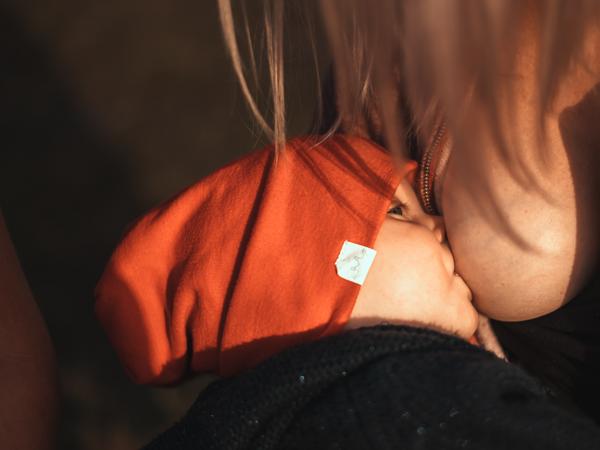
In very rare cases, a nipple shield can be useful with correct use and in the right size, if it can avoid a break in breastfeeding.
Can I breastfeed my baby if I have bloody nipples?
Yes, in principle, you can breastfeed even if you have bloody nipples. However, you should then pay attention to special hygiene. In case of doubt or extreme pain, you can take a break from breastfeeding for 12-24 hours on this side. In the meantime, you should empty the milk by hand or with a pump, so that the amount of milk does not decrease and to avoid a milk stagnation.
Now in this article I have written in detail about possible causes, different sites of soreness, treatment and prevention options. There is a lot more information on this topic. For example, if you are not sure about the cause or treatment, it is best to contact a lactation consultant who can discuss and clarify even more aspects with you.
Further literature and sources
- Article "sore nipples" on still-lexikon.de: https://www.still-lexikon.de/wunde-brustwarzen/
- Article "quick help for sore nipples" on stillkinder.de: https://www.stillkinder.de/schnelle-hilfe-bei-wunden-brustwarzen/
- Article "sore nipples" from the European Institute for Lactation and Breastfeeding: http://www.stillen-institut.com/de/wunde-mamillen.html
- Info sheet "sore nipples" from the La Lèche League: https://www.lalecheliga.de/images/Infoblaetter/LLL_Wunde_Brustwarzen.pdf
- Book "Breastfeeding & Breastfeeding Problems" published by the Association of Free Breastfeeding Groups (AFS)
- Book "Intuitive Breastfeeding" by Regine Gresens
- Book "Praxisbuch: Besondere Stillsituationen" published by the German Midwives Association (DHV)
Your opinion
You would like to add something or tell me about your experiences? Then feel free to write it in the comments, I'm looking forward to reading about it! Otherwise, you can also write me how you liked the article and what I should add.
No comments yet.